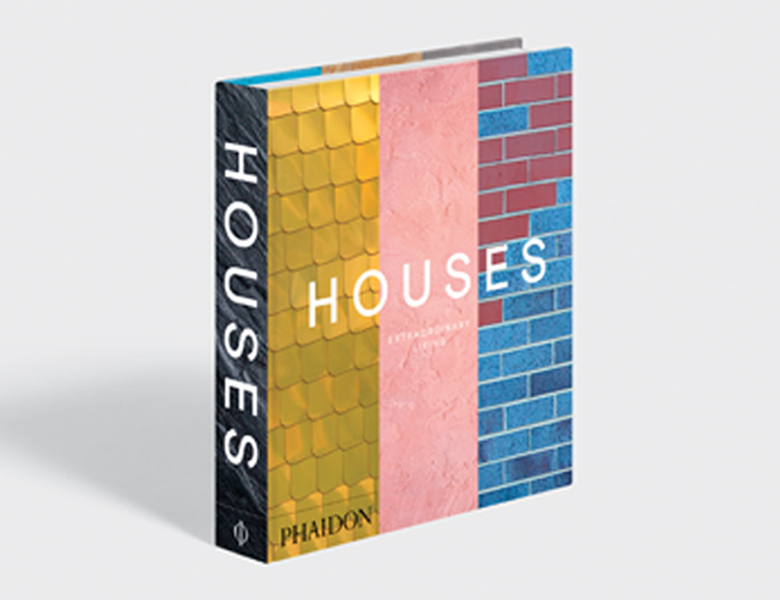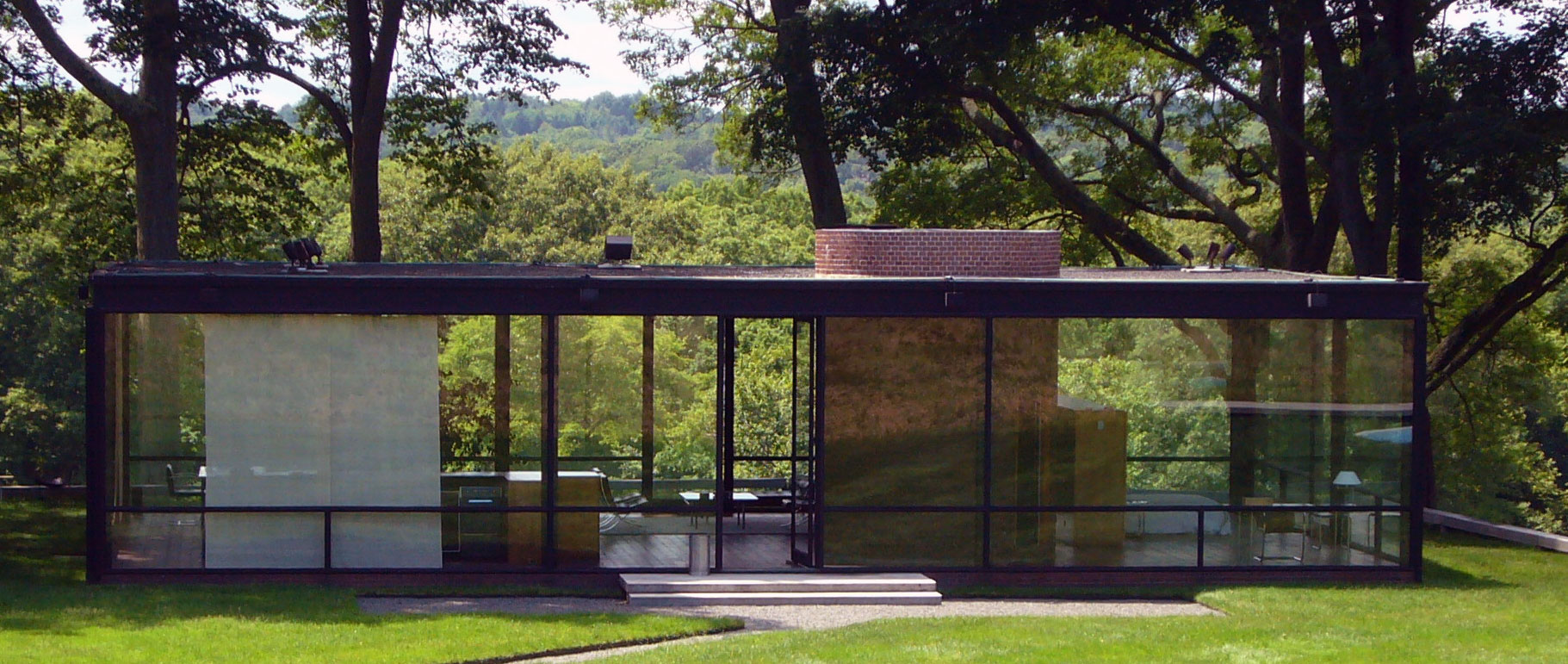
Philip Johnson’s Glass House - inside and out
On the anniversary of the architect’s birth, we take a look at the legacy of his most famous domestic creation
It’s a small building in a relatively obscure location, largely fashioned from a transparent building material. Yet the Glass House, created by the US architect Philip Johnson – who was born on this day, 8 July, in 1906 – looms large within the landscape of 20th century domestic architecture.
As our book Houses: Extraordinary Living explains, the house – which served as Johnson’s home - was built between 1948 and '49 and owes a substantial debt to another mid-century pioneer, Ludwig Mies van der Rohe. This is particularly prevalent “in the use of standard steel sections for a strong yet decorative finish of the facade, in the corner treatment, and the relation of the column to the window frames,” Houses: Extraordinary Living explains. “It was based on Mies’ earlier 1945 sketches for the as yet unbuilt Farnsworth House, and is an iconic work in the International Style.”
Despite this influence, Johnson’s Glass House remains a masterful creation, particularly in the way it responds to its location. “Johnson is working here almost as a landscape designer, treating the house as a frame for its natural environment,” the book explains. “He uses the lawn as a well-groomed carpet on which to place the architectural object. The house is externally symmetrical, organized around an interior brick cylinder, which stands in contrast to the incorporeality of the glass envelope.”
Viewed from the inside, the glass walls – which Johnson once characterised as “very expensive wallpaper” – furnish the room with a remarkable sense of spaciousness.
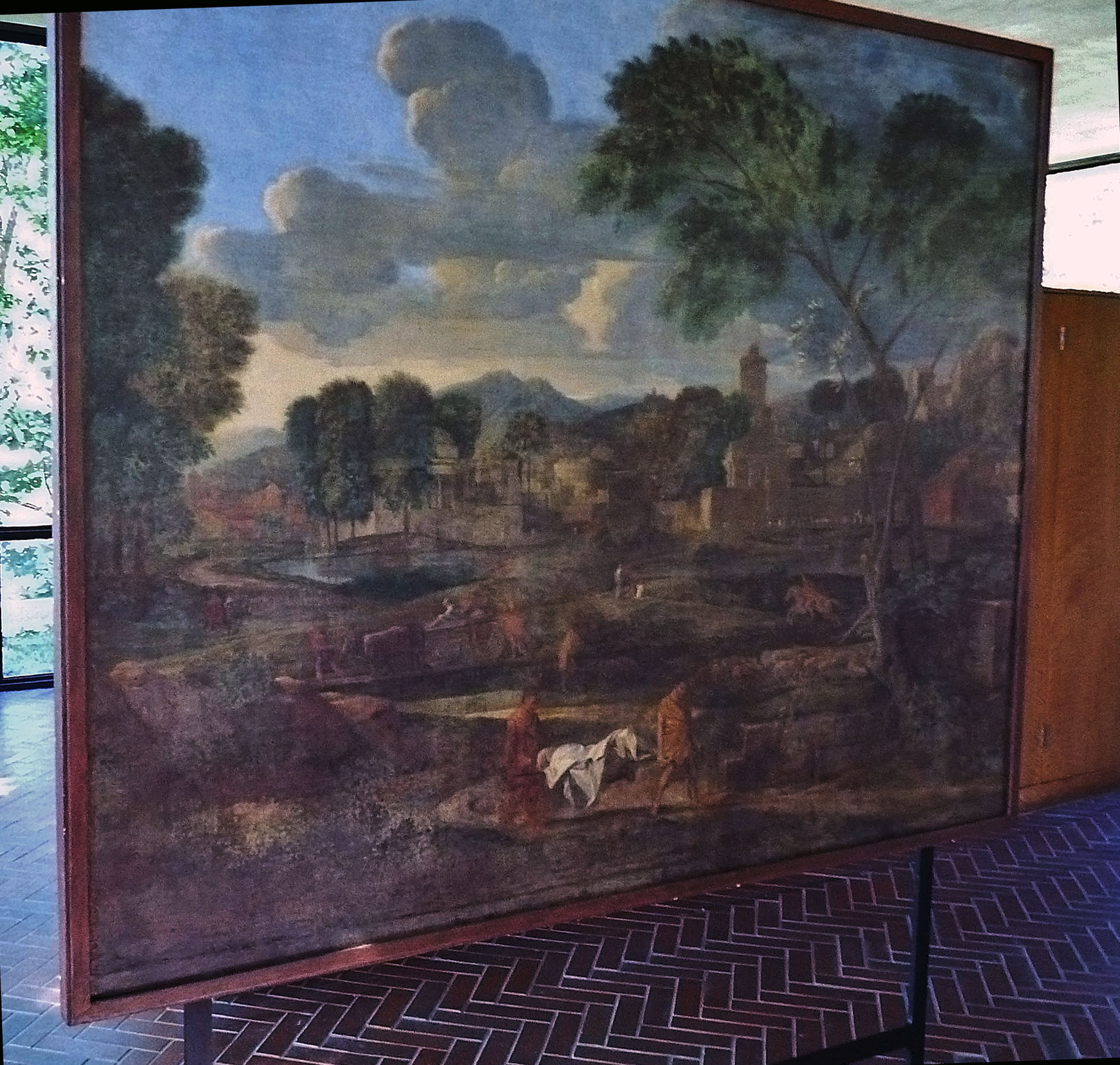
“With its transparent skin and absence of interior dividing walls, the delineation of ‘rooms’ within this continuous space came via the precise arrangement of furniture and interior elements,” explains our book, Interiors: The Greatest Rooms of the Century. ”These include the spherical volume housing a bathroom inside and fireplace outside, a freestanding kitchen island, and wardrobe unit shielding a sleeping area.”
Johnson was not only an accomplished architect, but also a curator for the Museum of Modern Art – he oversaw MoMA’s first architecture exhibition – and his familiarity with the art world is reflected in the Glass House’s decor.
As Interiors notes, a version of Nicolas Poussin’s 1648 painting The Funeral of Phocion hangs on a freestanding screen in the house, “its lush greenery matches that of New Canaan’s landscape,” while “Elie Nadelman’s 1930 sculpture Two Circus Women stands between the kitchen and dining areas.”
Despite its transparent walls, the Glass House also hosted many gay art-world, pre-Stonewall salons, as a new exhibition, Gay Gatherings: Philip Johnson, David Whitney and the Modern Arts, reveals.
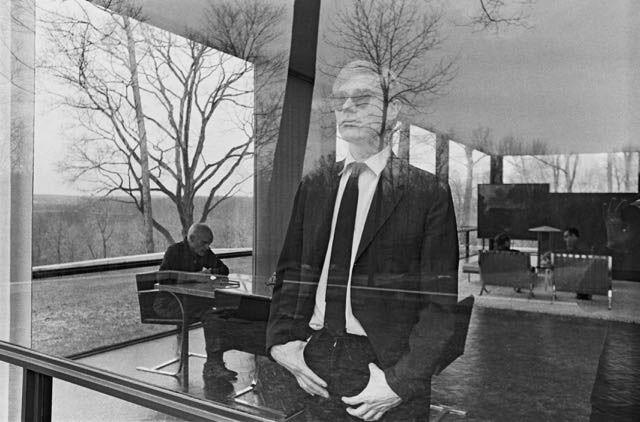
The exhibition, currently on show at the Glass House, examines the relationships between Johnson, his long-time partner, the fellow curator and collector David Whitney; as well as their friends the composer John Cage; the choreographer Merce Cunningham; and the artists Jasper Johns, Robert Rauschenberg, and Andy Warhol, among others.
“As gay men in a relationship that endured for nearly 45 years,” Donald Albrecht, co-curator of the exhibition noted, “[Johnson and Whitney] presided over an intellectually adventurous site during a period when the artistic contributions of gay men were prevalent and increasingly acknowledged within mainstream culture.” And though they did this behind closed doors, the architecture of Glass House also let them do it in plain sight, too.
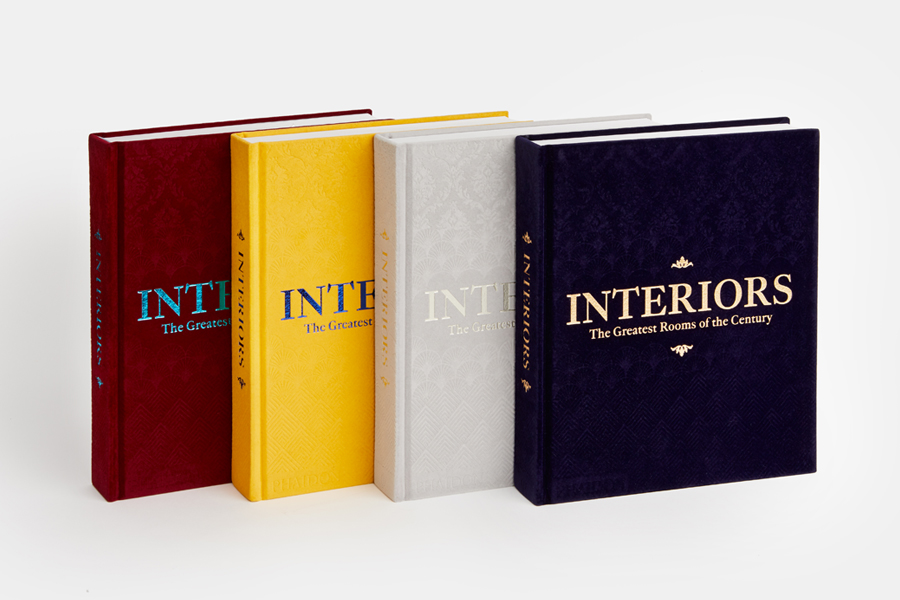
For more on the Glass House’s architectural legacy get Houses; for more on its interior, get Interiors.
